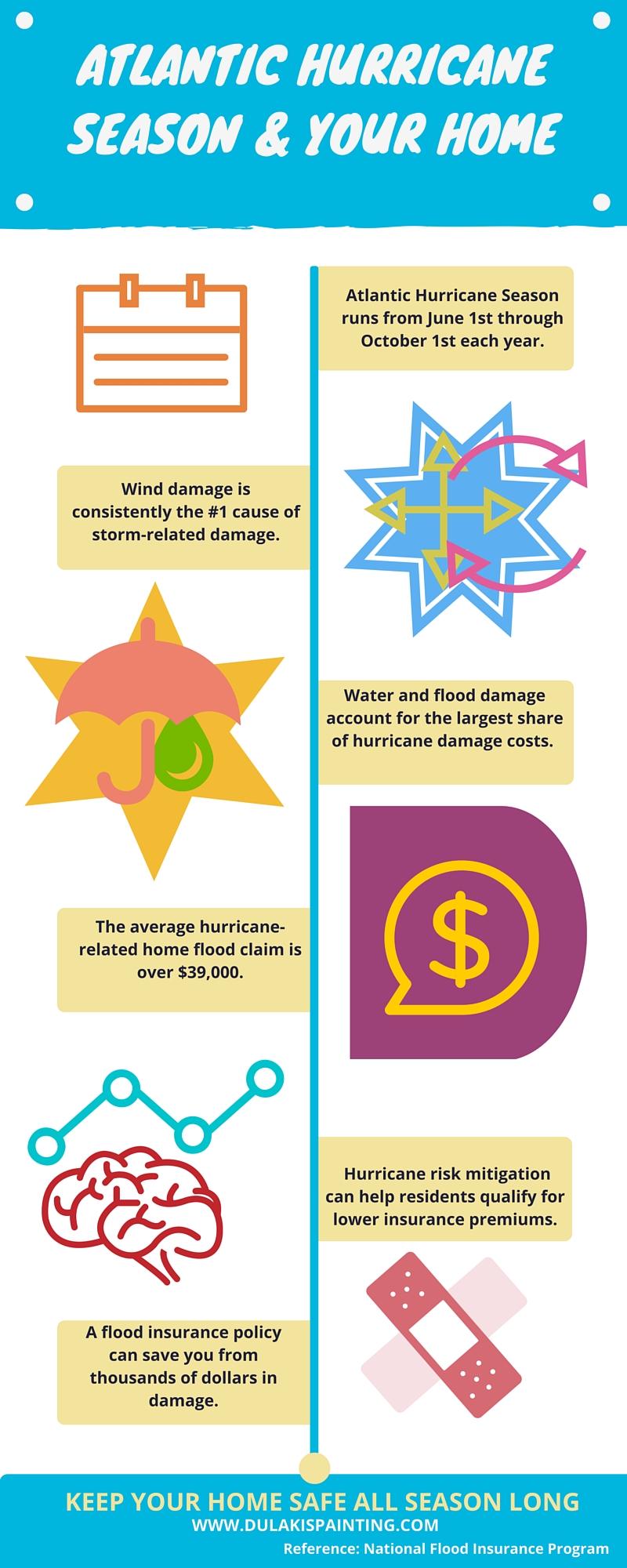Seasonal Factors To Consider For Commercial Exterior Painting: What You Need To Know
Seasonal Factors To Consider For Commercial Exterior Painting: What You Need To Know
Blog Article
Short Article Writer-Ford Urquhart
When you're preparing a commercial outside paint task, seasonal factors can make or damage your results. You'll want to take into consideration just how temperature and humidity impact paint application and drying times. Selecting the best season can ensure your paint sticks correctly and lasts longer. But which seasons are absolutely the very best for this sort of job? Let's check out the key elements that can affect your task's success.
The Effect of Temperature Level on Paint Application
When you're planning a business external paint project, the temperature level can substantially influence how well the paint adheres and dries out.
Preferably, you want to paint when temperatures vary in between 50 ° F and 85 ° F. If source website 's too cold, the paint may not heal effectively, resulting in problems like peeling or fracturing.
On the other hand, if it's as well warm, the paint can dry also rapidly, preventing proper bond and resulting in an irregular finish.
You must also take into consideration the time of day; morning or late afternoon supplies cooler temperature levels, which can be extra favorable.
Constantly inspect the manufacturer's suggestions for the certain paint you're utilizing, as they often give guidance on the ideal temperature array for ideal outcomes.
Moisture and Its Result on Drying Times
Temperature isn't the only environmental element that influences your industrial external paint project; humidity plays a significant role also. High moisture degrees can reduce drying times substantially, affecting the general quality of your paint work.
When the air is saturated with dampness, the paint takes longer to cure, which can cause concerns like inadequate bond and a greater risk of mildew development. If you're painting on an especially damp day, be prepared for extended wait times between layers.
It's essential to keep track of neighborhood climate condition and strategy as necessary. Preferably, aim for humidity degrees in between 40% and 70% for optimal drying out.
Keeping these factors in mind guarantees your project stays on track and provides a long-term finish.
Best Seasons for Commercial Outside Painting Projects
What's the best season for your industrial exterior paint projects?
Spring and very early autumn are normally your best options. Throughout these periods, temperatures are moderate, and moisture levels are frequently lower, creating excellent problems for paint application and drying out.
Avoid just click the following web site , which can create paint to completely dry as well rapidly, causing bad adhesion and coating. In a similar way, wintertime's chilly temperature levels can prevent correct drying out and treating, taking the chance of the longevity of your paint work.
Go for days with temperatures between 50 ° F and 85 ° F for optimal results. Bear in mind to examine the regional weather prediction for rainfall, as wet conditions can ruin your project.
Preparation around these variables guarantees your paint project runs efficiently and lasts much longer.
Conclusion
To conclude, preparing your business external paint jobs around seasonal considerations can make a considerable difference in the result. By organizing job during the excellent temperature levels and humidity degrees, you'll ensure much better attachment and drying times. Bear in mind to watch on local weather forecasts and choose the right time of year-- spring and early loss are your best options. Taking these steps will assist you attain a resilient and expert coating that lasts.
